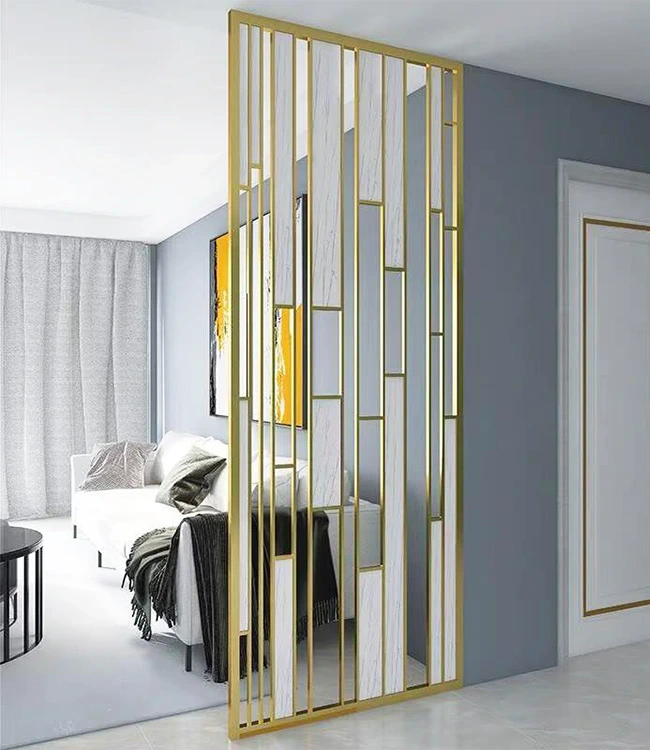Divider Screens – Stylish Solutions for Flexible Spaces
2025-06-11
In today’s world of multifunctional rooms and open-plan living, the need to define space without building walls has never been greater. Enter the divider screen—a practical and stylish solution that offers privacy, structure, and design versatility wherever it’s needed.

What Is a Divider Screen?
A divider screen, also known as a room divider or partition screen, is a freestanding or mounted panel used to separate areas within a space. These screens come in various materials, styles, and sizes and are used in homes, offices, studios, restaurants, and more. Divider screens create temporary or semi-permanent boundaries without the need for remodeling.
Key Benefits of Divider Screens
1. Flexible Space Management
Need a quiet corner for work or reading? Want to create zones in a studio apartment? Divider screens allow you to define areas on demand and move them as needed.
2. Enhanced Privacy
Perfect for shared rooms or open office layouts, screens add visual privacy without completely isolating one space from another.
3. Aesthetic Appeal
From elegant wooden panels to sleek metal designs or artistic fabric prints, divider screens enhance your décor while serving a practical purpose.
4. Easy Installation
Unlike permanent partitions, divider screens require no construction work. Most are foldable or lightweight, making them easy to move and store.
5. Multifunctionality
Some modern divider screens offer additional features like built-in shelves, planters, whiteboards, or sound-absorbing materials.
Common Applications
Home: Create a changing area in the bedroom, a makeshift home office in the living room, or a play zone for kids.
Office: Define workstations, meeting areas, or break spaces without building permanent cubicles.
Retail: Use decorative screens to guide foot traffic or create stylish product display zones.
Hospitality: Add ambiance and privacy in restaurants, cafes, and hotel lobbies.
Events: Temporary screens serve as backdrops, booths, or crowd dividers at exhibitions and trade shows.
Choosing the Right Divider Screen
Material: Wood, metal, fabric, bamboo, plastic—choose based on your style and durability needs.
Design: Solid for full privacy, openwork or translucent for light flow and aesthetics.
Portability: Look for foldable or wheeled screens if flexibility is important.
Height & Width: Consider the size of the area you need to divide and ensure the screen fits proportionally.
Design Tips
Match your divider with your room’s color palette for cohesion.
Use a divider as an accent piece to introduce new textures or patterns.
Combine function and form—opt for screens that double as bookcases or green walls.
Final Thoughts
Divider screens are more than just room separators—they’re tools for creativity and spatial organization. Whether you're maximizing space in a small apartment, adding privacy in an open office, or creating ambiance in a commercial setting, the right divider screen can transform any environment with style and ease.


